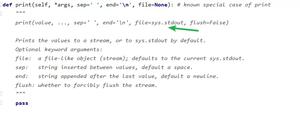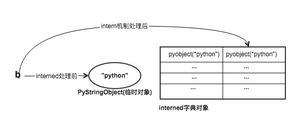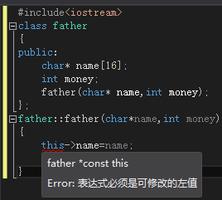Python字符串格式化常用手段及注意事项
格式化方式1: 使用f""
使用示例
# -*- coding: utf-8 -*-
# @Time : 2020/4/22 22:35
# @Author : chinablue
# 替换变量
name = "chinablue"
# 格式化字符串
res_str = f"hello {name}"
print(res_str)
注意事项
- %和format也是python常用的格式化字符串方式;
- 如果字符串中需要显示{},则通过{{}}来转义.
格式化方式2: 使用string.Template
使用示例
# -*- coding: utf-8 -*-
# @Time : 2020/4/22 22:35
# @Author : chinablue
import string
# 字典中的key为变量
d = {
"name" : "chinablue"
}
# 替换字符串可以写成 $name 或 ${name}; 默认的定界符为$
s = string.Template("hello ${name}")
# 执行字符串替换,
res_str = s.substitute(d)
print(res_str)
注意事项
- 占位符如果写成${}时,变量和括号之间不能有空格;
- string.substitute()中的参数,如果字符串中未提供占位符,会抛出KeyError异常;
- string.substitute()中的参数可以是字典或关键字参数. 如果关键字参数和字典中的key重复了,关键字参数的取值优先;
- string.safe_substitute()中的参数,如果字符串中未提供占位符,不会抛异常;
- 通过继承string.Template类,并覆盖delimiter变量和idpattern变量.可以自定义字符串模板.
以上是 Python字符串格式化常用手段及注意事项 的全部内容, 来源链接: utcz.com/z/327979.html






